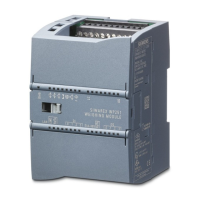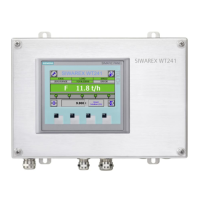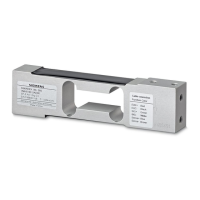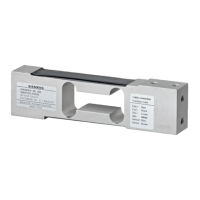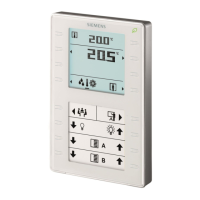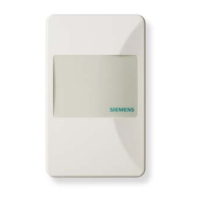Installing/mounting
4.4 Determining a location
FSS200 clamp-on sensors
Installation Manual, 08/2017, A5E36255466-AC
23
●
Sensor type and size (indicated on label), length of sensor cable pair.
●
Mounting location transmitter/sensors, distance and required
cable lengths, temperature, sun protection/rain, protection against dirt, vibrations,
corrosion, easy access for maintenance: ladder or scaffolding, below ground or
submersible.
Determining a location
Introduction
There are a number of factors to consider when deciding on an installation location for the
clamp-on sensors and transmitter. Primarily, the pipe section should remain completely full
during normal operation and be in reasonable condition, without excessive corrosion (or
scaling) which can interfere with ultrasound transmission into the fluid. Available straight pipe
run and installation in hazardous areas are also important points to consider when selecting
a location.
The following hardware characteristics need to be considered:
●
Ingress protection rating, Hazardous area rating, ambient temperature range,
maximum allowed sensor cable length. (Refer to appropriate transmitter Operating
Instructions manual for details.)
●
Ingress protection rating, Operating temperature range, compatibility with pipe
material and dimensions.
●
Corrosion resistance, vibration tolerance, direct burial, submersibility.
●
Ingree protection rating, temperature rating, electromagnetic compatibility
Note
The pipe should always be completely filled with liquid.
● Locate the sensors in U-shaped pipes if pipes are only partially filled or have free outlet.

